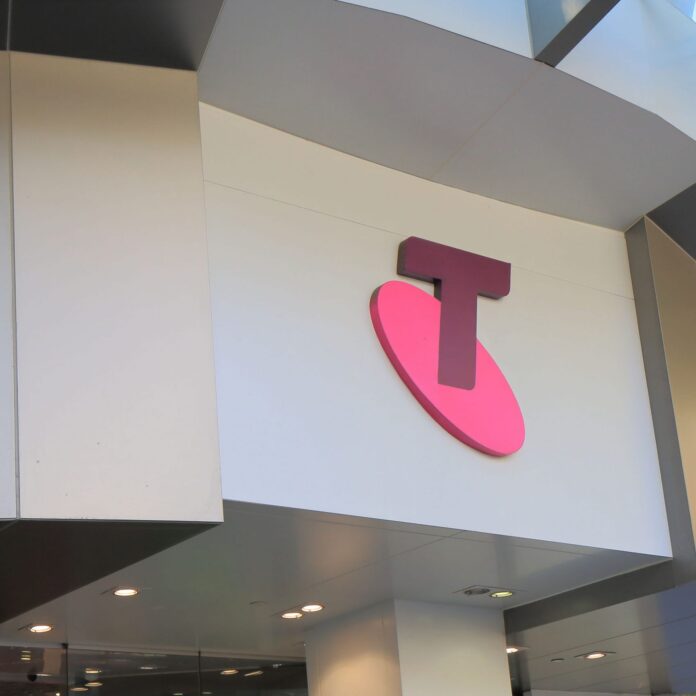Australian operator Telstra’s 5G network reached 77.5% of the country’s population as of the end of last year, the carrier’s CEO Andrew Penn said in the company’s earnings release.
Penn said that Telstra’s 5G network was now more than twice the size of Telstra’s next nearest competitor. He added that a total of 2.8 million 5G devices were already connected to Telstra’s network.
“As the nation has developed an ever-increasing reliance on digital connectivity, we are well placed to deliver the infrastructure, solutions and security needed to support Australia’s aspiration to become a world leading digital economy,” the executive said.
Last year, the Australian carrier had secured 1000 megahertz of 26 GHz spectrum for mmWave 5G. Telstra already has mmWave sites live across Sydney, Melbourne, Brisbane, Adelaide, Goulburn and the Gold Coast.
The operator, which had launched 5G in May 2020, is currently using its spectrum in the 3.6 GHz band to provide 5G technology across Australia. Some of the cities in which Telstra offers its 5G service are Canberra, Central Coast, Brisbane, Sidney, Cairns, Gold Coast, Adelaide, Hamilton, Melbourne and Perth.
In May 2020, Telstra upgraded its 5G radio access network (RAN) coverage footprint across Australia, connecting a cloud-native 5G Core (5GC) network to handle new 5G standalone traffic. Telstra used equipment from Swedish vendor Ericsson for the network upgrade.
Financial results
In an earnings release, Penn stated Telstra’s mobile business benefitted from increased investment in infrastructure and customer-centric plans.
The carrier’s net profit in fiscal H1, ended December 31, 2021, declined by 34% to AUD743 million ($535 million), due to a AUD450 million drop in National Broadband Network (NBN) receipts and one-off gains from asset sales in the comparable period of fiscal 2021.
Total revenue declined 9.4% to AUD10.9 billion, with fixed revenues down 6.8% to AUD2.3 billion, wholesale 21% to AUD252 million and infrastructure 14.3% to AUD1.2 billion.
Meanwhile, revenues from mobile services were flat at AUD4.7 billion, with equipment sales down 17.2% to AUD1.2 billion.
Telstra’s IoT revenue increased 9.3% year-on-year to AUD129 million.
Penn said the results reflected the positive momentum delivered through Telstra’s T22 strategy and put the company in a strong position as it transitions into T25.
“This was the second consecutive half of underlying growth,” Mr Penn said. “The results show we have stayed disciplined and focussed on delivering what we said we would. The benefits of T22 are flowing through for our customers and our shareholders.”
In September of 2021, Telstra had unveiled a strategy it is calling T25, with the main aim of extending 5G coverage across Australia, as well as enhancing its customer service. Telstra said that the T25 strategy is likely to come into effect by July 2022. The T25 strategy also aims to bring down the telco’s annual fixed costs by $366 million.
Telstra noted that the new plan will build on the operator’s previous T22 strategy.
Under the T25 plan, the carrier aims to increasing the reach of its 5G network to 95% population coverage.

